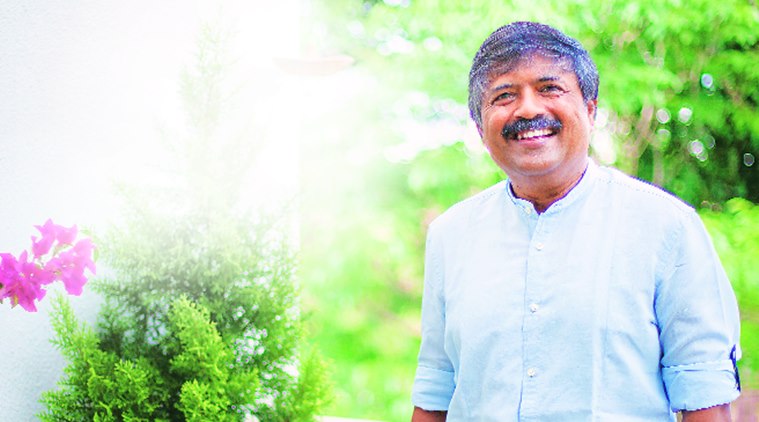Pratap Jadhav, president, IIID, on plans for a design charter and taking design to the masses.

The Institute of Indian Interior Designers (IIID), founded in 1972, has over 8,000 members across the country. Even as conservative estimates of the size of the interior design industry in India is pegged at Rs 20,000 crore, the challenge it faces comes from a lack of expertise, implementation, and education. We speak to Pratap Jadhav, president, IIID, about setting standards, and sensitising the country to good design.
Interior design is seen as shopping for products these days. But isn’t there more to it?
Yes, it’s not only about decoration anymore. It directly affects health and safety; everybody is aware of the recent accidents of fire. Trained interior designers understand structure, technology, air quality, lighting, psychology, materials, and construction technology. It’s time we create awareness.
Could you tell us about the plans for the design charter?
Well, currently, institutions offer six months to one-year courses in interior design and many self-proclaimed celebrity designers advertise it. We have been working on interior design education, where we proposed a minimum syllabus in interior design to nearly 30 design schools and 10 universities in the country. There is a need to involve faculty from existing schools and practicing professionals to come together, discuss, deliberate, and define minimum entry level qualification to the profession. That is what the charter is about. On September 8 this year in Jaipur, at A Symposium on Interior Design Education (ASIDE ), we will release this charter and present it to the authorities to improve the standard of education. We are proposing four years of minimum education to practice interior design. Every practicing professional should earn certain credits to maintain his/her license. IIID will be the standardisation body and govern licenses.
You mentioned that designers will be given credits to keep their licenses. How will that work?
We have been conducting the Continuation of Education Programme (CEP) across the country. These are aimed towards upgrading knowledge and experience about new materials and technology. We shall start giving credits for those who attend these sessions, which will help them maintain their licenses. Such a system is already in practice in Philippines, Malaysia, and Indonesia.
IIID has been evangelising the idea of ‘Design for the Masses’. Can you talk about some of the projects?
This is a project dear to me. Design is not only for the elite. Our mission over the last two years has been to take design to the masses. These include designing toilets for municipal schools in Ahmedabad, where we also educated children on how to use and maintain them. Our Rajkot team restored an old bus stand, and they also designed traffic circles in the city. Pune’s project ‘My City My Promise/Mera Shahar Mera Wachan’ had citizens take an oath to follow traffic rules, save water, and maintain a cleaner city, thereby taking ownership of the city. We want to initiate this project in the entire country.
Your theme for the next year is ‘Defining Design’. What does that mean?
We are laying the foundation for a better tomorrow with small steps. Starting with education and social responsibility, we are working under various verticals to make professionals understand their responsibilities, and how designers can be instrumental in bringing about a change. We want to sensitise everyone in the country to good design. We are also working on professional ethics and practices. The discussions will culminate at our National Convention in Goa this December.
